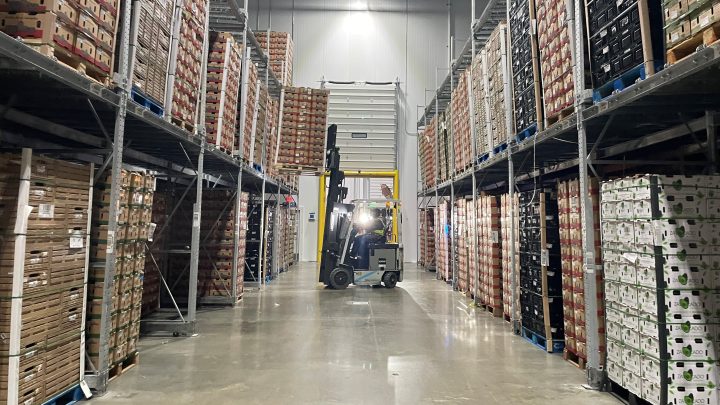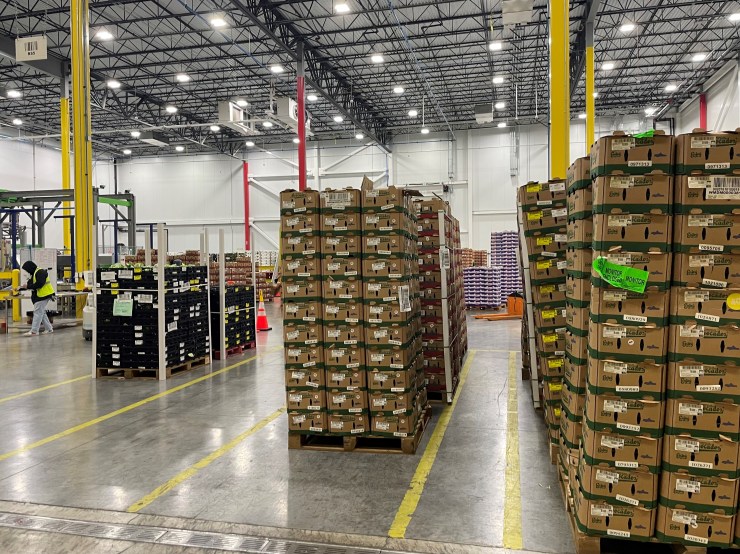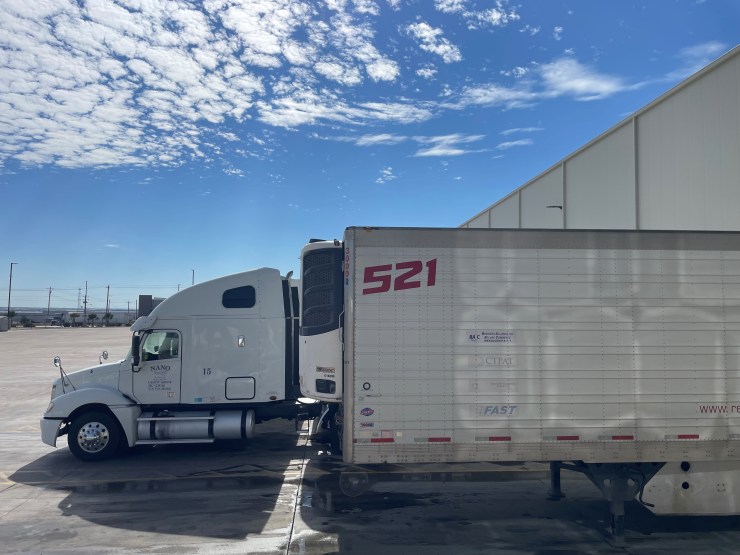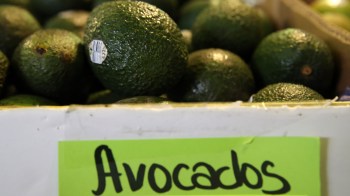
Keeping avocados (and other imports) fresh depends on the growing cold chain
Keeping avocados (and other imports) fresh depends on the growing cold chain

Temperatures dip to 42 degrees Fahrenheit inside the expansive 274,000-square-foot Mission Produce distribution facility in Laredo, Texas. It’s stocked with pallets filled with millions of avocados from Michoacán and Jalisco, Mexico. They’re destined for distribution centers across the United States.
Minutes from Interstate 35, this new cold storage facility is the main distribution hub for Mission Produce, which has capitalized on the growing U.S. demand for avocados from Mexico, a year-round producer of avocados. From 2001 to 2021, U.S. imports of Mexican avocados grew roughly 300%, per the USDA.
“Everything that goes to our other distribution centers that comes from Mexico basically flows through here, be it going to Portland to Oxnard to New Jersey, up to Toronto, Calgary, wherever it is,” Mission Produce Director of Operations Frank Briseño said.
The long road these fruits take from the farms of western Mexico to the supermarkets of the Midwest is a cold one. To stay fresh for the cross-country journey, millions of dollars are poured into cold chain management.
“For us, the life of the fruit is dependent on the cold chain,” Briseño said. “If at any point in in the supply chain, the cold chain is broken, then that shelf life of that fruit is diminished greatly. From the point that we harvest, to when we deliver it, to our packing houses, it’s under cold storage.”

Mission Produce invested $50 million to build this cold storage facility in Laredo, which opened two years ago. It’s one of several investments in recent years at the Port of Laredo to build up the cold chain.
Though the Port of Laredo is known for moving car parts and other industrial products, the top port for trade in the country is seeing an increasing amount of produce coming in, according to port director Alberto Flores with U.S. Customs and Border Protection.
“For the longest time we were between 6% and 7% of our entire cargo was agriculture. Now it’s closer to 10% so we’re seeing that growth of cargo in the agriculture industry,” Flores said.
And the port has invested in the cold chain too — it opened a new refrigerated inspection facility near the Laredo-Colombia Solidarity International Bridge earlier this year, so that produce loaded on refrigerated trucks can stay cold while officials check for unwanted pests.

And, increasingly, cold chain storage is a hot commodity as both food service and medical supply companies today are hungry for cold chain storage facilities across the country.
“[The] North America cold chain market is looking at roughly a 15 to 16% growth rate,” said Brian Day, a supply chain analyst with Gartner.
Though investment in building new cold chain warehouses is lagging, he said, with annual growth at roughly 3%.
“There’s clearly an imbalance as it pertains to both supply and demand,” Day said, though it varies from market to market.
Day said that from 2022 to 2023, roughly half of the some 3.5 million square feet of cold chain storage under construction in the U.S. occurred in Texas.
“With the growth of cross border volume, with the growth of manufacturing, particularly south of the border, that’s an area of interest,” he said, “aside from the warmer climate.”

While Laredo, a city of less than 300,000 people, remains a smaller market for cold storage compared to population hubs like Dallas and Phoenix, growth in cold storage is expected to continue as Port of Laredo is now responsible for more trade than any other port in the country, according to U.S. Census data analyzed by USTradeNumbers.
Warehousing giant Lineage Logistics has plans to build a massive cold storage facility in Laredo, with a capital investment of some $79 million, according to the Laredo Economic Development Corporation.
“It’s a perfect place to distribute throughout the country,” Briseño said, “You can go east, west and basically have the same distances north.”
There’s a lot happening in the world. Through it all, Marketplace is here for you.
You rely on Marketplace to break down the world’s events and tell you how it affects you in a fact-based, approachable way. We rely on your financial support to keep making that possible.
Your donation today powers the independent journalism that you rely on. For just $5/month, you can help sustain Marketplace so we can keep reporting on the things that matter to you.

















